Mariya Stefanova - Private Equity Accounting: The Global Guide for Private Equity Firms and Fund Accountants
Here you can read online Mariya Stefanova - Private Equity Accounting: The Global Guide for Private Equity Firms and Fund Accountants full text of the book (entire story) in english for free. Download pdf and epub, get meaning, cover and reviews about this ebook. year: 2011, publisher: PEI Media Ltd, genre: Romance novel. Description of the work, (preface) as well as reviews are available. Best literature library LitArk.com created for fans of good reading and offers a wide selection of genres:
Romance novel
Science fiction
Adventure
Detective
Science
History
Home and family
Prose
Art
Politics
Computer
Non-fiction
Religion
Business
Children
Humor
Choose a favorite category and find really read worthwhile books. Enjoy immersion in the world of imagination, feel the emotions of the characters or learn something new for yourself, make an fascinating discovery.
- Book:Private Equity Accounting: The Global Guide for Private Equity Firms and Fund Accountants
- Author:
- Publisher:PEI Media Ltd
- Genre:
- Year:2011
- Rating:4 / 5
- Favourites:Add to favourites
- Your mark:
Private Equity Accounting: The Global Guide for Private Equity Firms and Fund Accountants: summary, description and annotation
We offer to read an annotation, description, summary or preface (depends on what the author of the book "Private Equity Accounting: The Global Guide for Private Equity Firms and Fund Accountants" wrote himself). If you haven't found the necessary information about the book — write in the comments, we will try to find it.
Transparency boost for accounting professionalsPrivate Equity Accounting provides essential guidance and advice in a single volume for all private equity practitioners and fund accountants around the world across all accounting standards.Before now, if practitioners and accountants wanted to learn about and understand applied best practice of private equity accounting then the only way to unearth the professional secrets was by learning from peers. Mariya Stefanova and other leading accounting experts reveal how to succeed and avoid some costly pitfalls in this unique, brand new publication.In the post-global financial crisis world increased regulation of private equity and investor activism mean greater pressure on general partners to accept increased reporting requirements although this reporting can be sensitive. This professional guide anatomises every precise detail and required process that private equity firms and fund accountants should follow. Its full of user-friendly examples on every aspect of accounting in all of the main jurisdictions.Some of the key lessons youll learn from this title:- Understand the precise workings of a private equity fund and its lifecycle- Find out what fund commercial terms and how they work- All structures uncovered plus tax treatment information- How to read a Limited Partnership Agreement (LPA) in detail- Carried interest and carried interest modeling- Drawdowns and distributions, and investment and investment revaluations- Management fee versus priority profit share (PPS)- Rebalancing, equalisations and partner transfers- Performance measurement (IRRs and other performance metrics) and investor reporting - Consolidation, valuations and an auditors perspective of private equity accountingExpert contributors- Angela Crawford-Ingle, Ambre Partners Limited- Nat Harper, KPMG LLP- Alistair Hamilton, Inflexion Private Equity Partners LLP- David L. Larsen, Duff & Phelps LLC- Gaurav Marwah, Augentius Fund Administration LLP- Monika NachylaWho should buy this book- Finance Directors- Accountants / Chief Accountants- Investor Relations- Fund Administrators- Portfolio Management- Fund Placement Agents- Fund Formation Lawyers- Tax Advisers / Consultants- Investors
Mariya Stefanova: author's other books
Who wrote Private Equity Accounting: The Global Guide for Private Equity Firms and Fund Accountants? Find out the surname, the name of the author of the book and a list of all author's works by series.



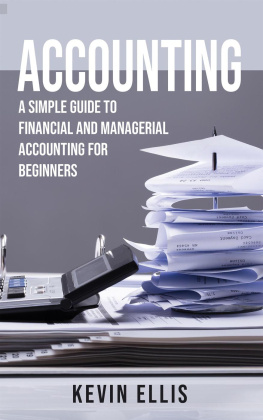

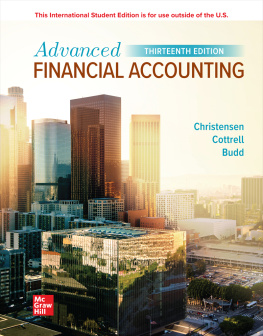

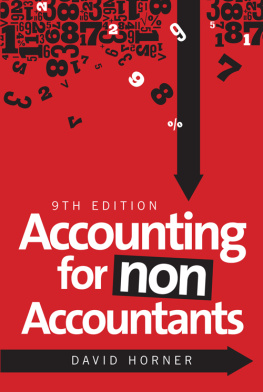

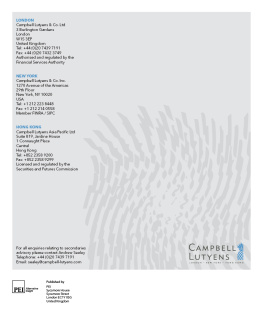

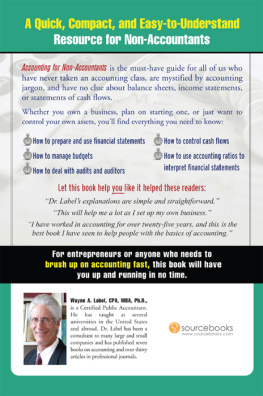
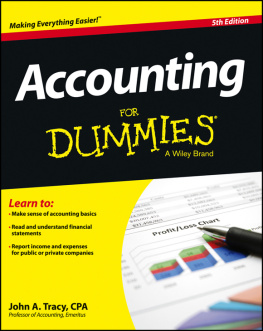
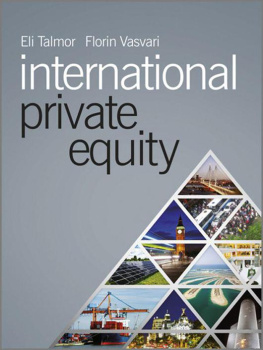

 Published in October 2011 by
Published in October 2011 by